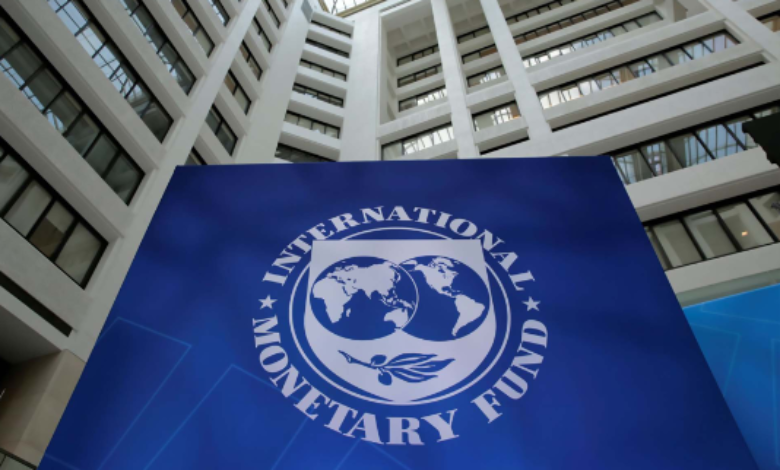IMF Unveils Innovative Cross-Border Payment System Leveraging Central Bank Digital Currency

During a roundtable on CBDC policy, officials from the International Monetary Fund (IMF) introduced a groundbreaking concept for a “new class” of cross-border payment system.
This innovative platform utilizes a unified ledger to record transactions involving central bank digital currencies (CBDCs), offering programmability and enhanced information management.
The IMF’s director of the monetary and capital markets department, Tobias Adrian, unveiled the platform during the event held in collaboration with the central bank of Morocco.
Adrian highlighted the potential benefits of the new platform, including reduced fees and faster transaction times, which would ultimately benefit both individual and institutional users. He emphasized that a portion of the staggering $45 billion paid annually to remittance providers could be redirected to benefit the less privileged.
Moreover, the XC (cross-border payment and contracting) platform, as it is known, would enable central banks to intervene in foreign exchange markets, consolidate data on capital flows, and effectively resolve disputes. Adrian further noted that the platform’s adaptability extends to domestic wholesale and retail CBDCs, offering broader applicability.
The comprehensive details of the XC platform were outlined in an IMF Fintech Note co-authored by Adrian, which was released on the same day as the roundtable. This forward-thinking initiative by the IMF demonstrates its commitment to leveraging the potential of CBDCs and fintech advancements to revolutionize cross-border payments and enhance financial inclusion on a global scale.
The introduction of XC platforms heralds a new era, providing a reliable and unified ledger to facilitate the exchange of standardized digital representations of central bank reserves across various currencies. Inspired by the infrastructure of CBDCs, the XC platform has been meticulously designed to optimize cross-border operations.
The core framework of the XC platform entails a settlement layer supported by a single ledger, enhancing accessibility for participants. Unlike the current system that necessitates reserve accounts with central banks for cross-border transactions, the XC platform enables the trading of tokenized domestic central bank reserves.
While liquidity would still originate from institutions holding reserve accounts, the programming layer of the platform empowers innovation and customization of services. Simultaneously, the information layer ensures compliance with Anti-Money Laundering (AML) regulations, bolstering trust and privacy protection.
Crucially, it’s important to note that the XC platform is not contingent on the use of CBDCs. Instead, it promotes interoperability among privately tokenized assets and currencies, fostering a standardized and secure environment for programming financial contracts. Settlements conducted through the XC platform occur in central bank money, adding an extra layer of reliability.
Interestingly, the General Manager of the Bank for International Settlements (BIS), Agustín Carstens, previously presented a comparable concept in a noteworthy speech delivered in February.
The emergence of the XC platform underscores the growing consensus and recognition of the need for advanced systems that facilitate efficient cross-border transactions, while adhering to robust standards and regulatory frameworks.




